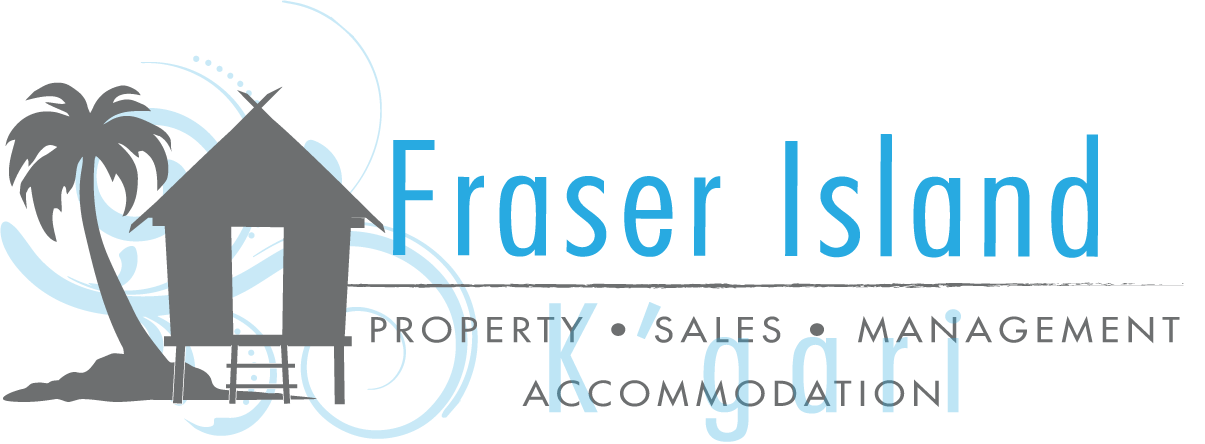4WDriving Fraser Island
an epic adventure
Here are some helpful 4WDriving tips...
4WDriving on Fraser Island is fun, but….. driving on sand is different to driving on hard surfaces or sealed roads.
- Engage locking hubs and 4WD.
- Select low range for soft, dry sand.
- The biggest hint for soft sand driving is to lower tyre pressure to maintain traction but avoid sharp turns and sudden braking. Don’t forget to reinflate your tyres to recommended tyre pressure and disengaging 4WD before travelling back on hard or sealed roads.
- Normal road rules apply on Fraser Island as per the mainland. Speed limits of 80 klm/hr on the beach and 30 klm/hr on inland tracks, but drive to prevailing conditions which is often slower due to rough roads and beach conditions. Use indicators, keep to the left of oncoming traffic on the beach, wear seatbelts at all times, never sit outside vehicles.
- Travel at low tide, or within 2 hours either side of low tide.
- Stay on the harder sand between the waterline and the high tide mark
- Avoid the salt water and take care in creek crossings, do not stop in the creeks as you can sink very quickly.
- Please don’t run into birds, the beach is their nesting and resting home.
- Other animals also share the beach, dingoes roam freely, turtles also nest and hatch from November to March.
- Avoid travelling the beach at night as the visibility is difficult with salt spray and beach hazards are nearly impossible to see.
Watch out for beach hazards –
- Rocks – do not attempt to pass them if the tide is high, use the inland bypass.
- Pools of water – left by the falling tide. Pass these on the high side, close to the dry sand at the top of the beach. Do not stop in these as you can sink quite quickly and are dangerous if driven into at high speeds.
- Washouts- ditches in the sand created by the creeks and surf are dangerous if hit at high speeds and are often difficult to see.
- Landing planes – obey signs at the beach landing zones along with Ground Crew and be observant of any flying light aircraft nearby, you may be on their landing strip.
- Watch for pedestrians crossing the beach – slow down – especially passing families with young children, as pedestrians cannot hear the car as the sound of the surf and wind is most often louder.
Park at an angle to the water so approaching traffic can see that you have stopped and well away from the traffic. Do not park on the sand dunes, you will get fined.
Inland Tracks are usually single lanes so use the passing bays provided and be courteous. The closest vehicle to the passing bay should move off the track. The other vehicle should wait until the move is complete.
Give way to traffic coming downhill. Heavy vehicles, buses, and vehicles with trailers have right of way in most situations as they are more difficult to manoeuvre.
What to bring –
- A tyre gauge (check that it works before you arrive).
- Portable air pump that connects to your car battery.
- Water
- Tow rope or snatch strap
- Shovel
- Traction mats
- Spare car keys (preferrably hidden on the car somewhere) in case you lose them, it is very costly to replace them as there are no locksmiths on the island.
